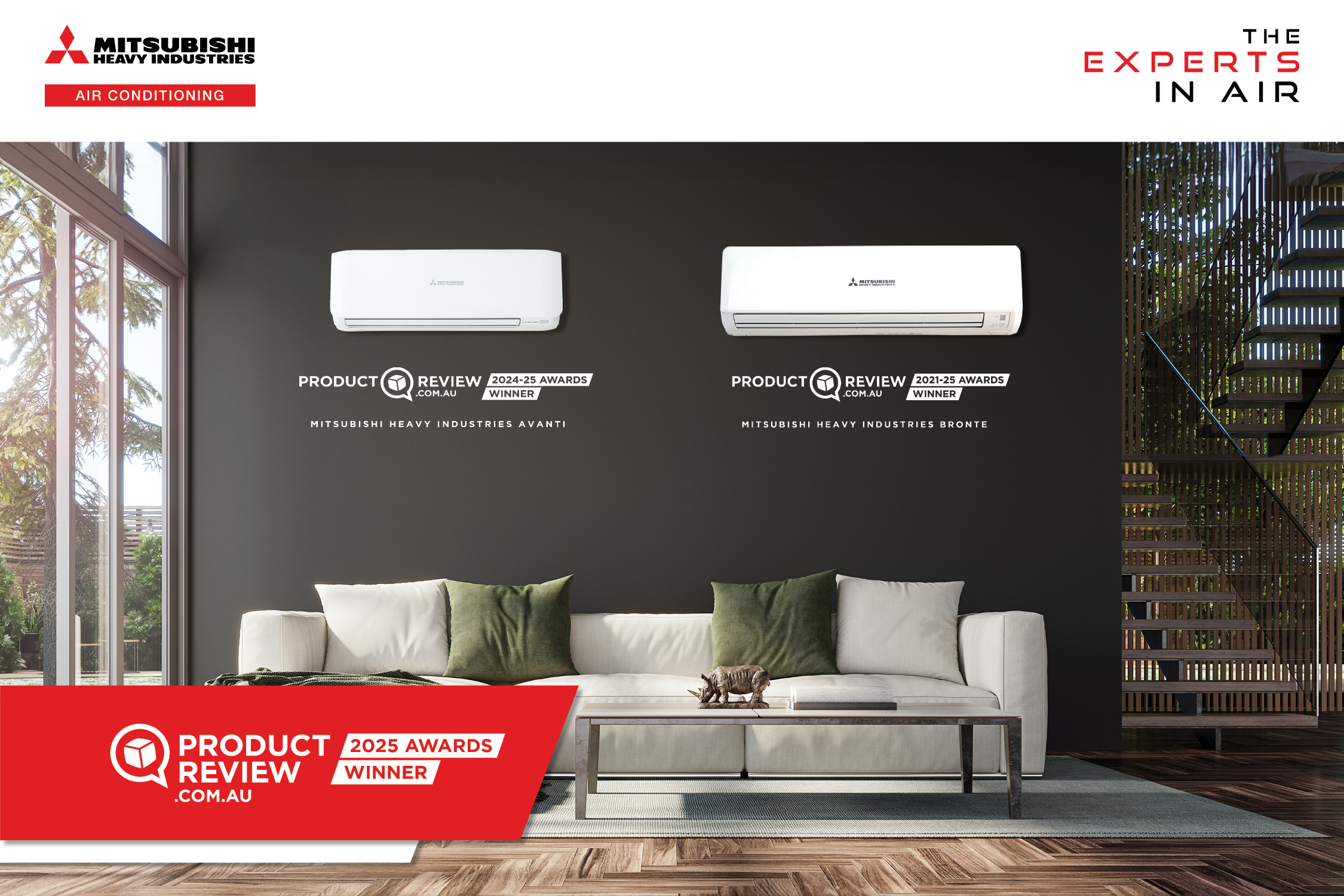Are Australian cold storage facilities making the most of the latest practices and technology to improve their sustainability? A group of researchers at Swinburne University of Technology in Melbourne have found that more can be done in a paper published in the journal Sustainability.
Expert knowledge
The team interviewed subject matter experts to identify innovations that could be used by cold storage owners and managers to improve their facilities. This included include ideal refrigeration systems, racking methods, and insulation types. The resulting practices and processes were then organised into a hierarchy that ranged from essential to best practices.
Author Angus McLay from the Department of Civil and Construction Engineering at Swinburne University of Technology has a background in structural engineering with experience working on solar installations for cold storage warehouses. He says this work sparked an interest in other measures for improvement.
“My research team and I decided we would pursue cold storage sustainability, and investigate the practices and technologies that are being used to enhance sustainability,” he says.
According to McLay, the biggest takeaway from the research was the need for better dissemination of sustainability practices and their benefits.
“It is often the case that poorly managed facilities are not implementing enough of the ‘essential practices’ we describe in the article,” says McLay. “This leads to the topic of better communication of sustainable practices and technologies within the industry.”
Regulation required
As well as better communication of sustainable practices, McLay says regulation has a role to play.
“We found that aspects of a cold storage warehouse are more regulated than others,” he says. “This was the case for refrigerants, which are regulated under the Montreal Protocol.
“We are starting to see more systems that can be used to regulate other areas of cold storage warehouses. One example of this is NABERS, which offers a star rating based on energy performance for cold storage warehouses. Systems like this could be used to set minimum energy performance requirements for new and existing warehouses.”
Image courtesy of Victoria Cold Storage.



Leave a Reply